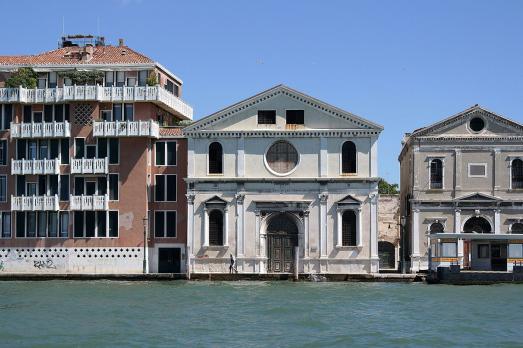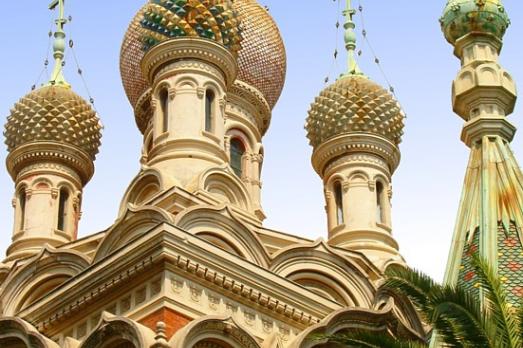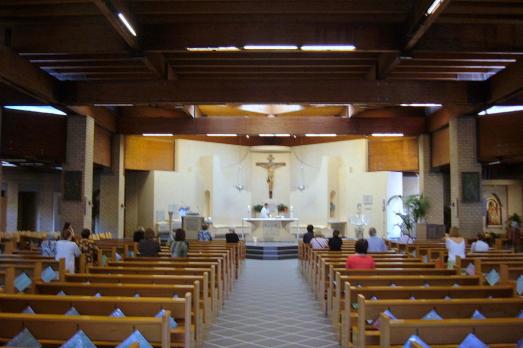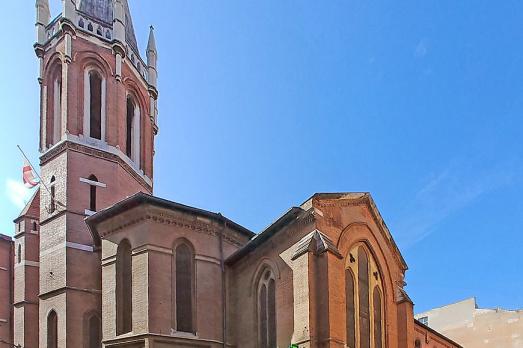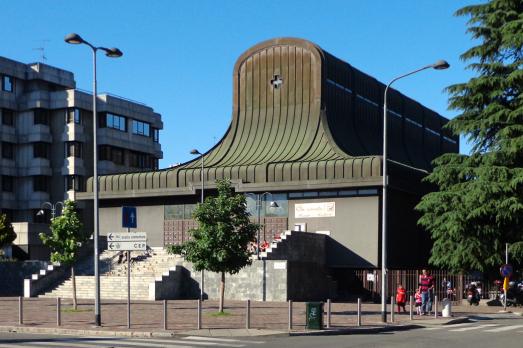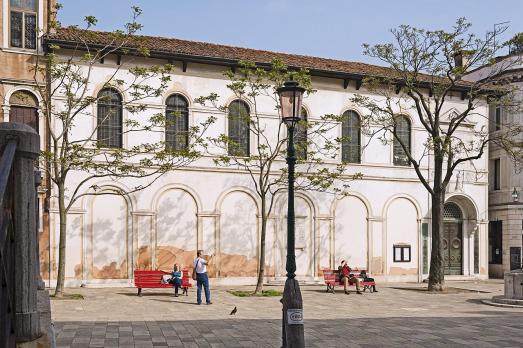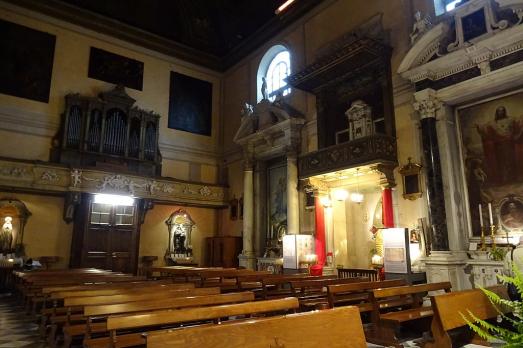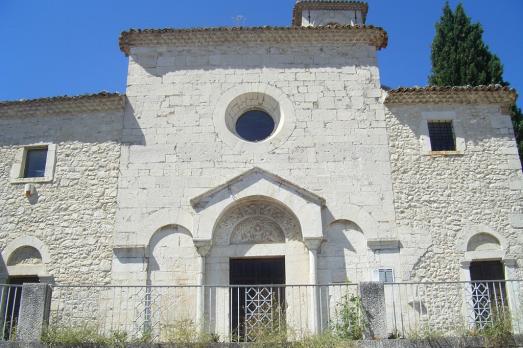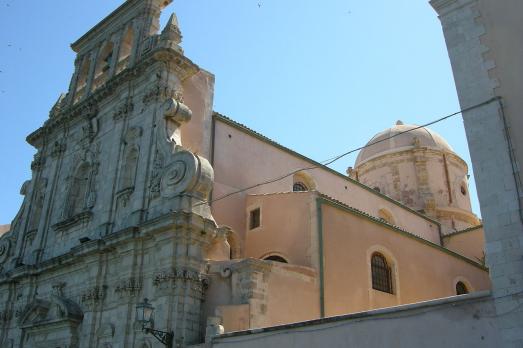
Chiesa dello Spirito Santo
Siracusa, IT
The Church of the Holy Spirit was built during the Spanish rule of Sicily by the architect Pompeo Picherali in 1727. It stands on the site of a church dating from the fourth century. In the 14th century, a church of the Holy Spirit stood here but was destroyed by the earthquakes of 1542 and 1693.
